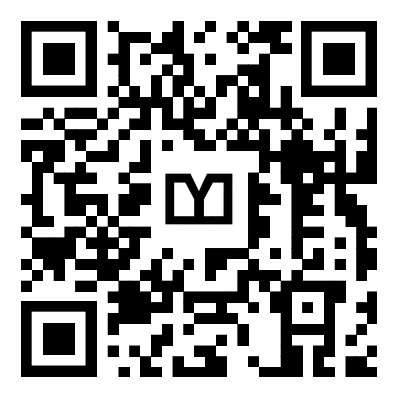What are the basic types of linear actuators?
2024-01-02
Linear actuators are devices that convert rotational motion into linear motion, providing push or pull forces in a straight line. There are several types of linear actuators, each with its own mechanism of operation, advantages, and applications. Some of the basic types of linear actuators include:
1. Mechanical Screw Actuators: These actuators use a screw mechanism to convert rotational motion into linear motion. They typically consist of a motor, a lead screw, and a nut. As the motor rotates the screw, the nut moves along the screw, translating the rotational motion into linear movement. Mechanical screw actuators are known for their precision and ability to handle heavy loads. Common variations include ball screw actuators and acme screw actuators.
2. Hydraulic Actuators: Hydraulic actuators use hydraulic fluid pressure to generate linear motion. They consist of a cylinder, piston, and hydraulic fluid. When pressurized fluid enters the cylinder, it pushes the piston, resulting in linear movement. Hydraulic actuators are known for their high force output and can handle heavy loads. They are often used in industrial machinery, construction equipment, and aerospace applications.
3. Pneumatic Actuators: Pneumatic actuators utilize compressed air to create linear motion. They typically consist of a cylinder and a piston. When air is introduced into the cylinder, it pushes the piston, generating linear movement. Pneumatic actuators are valued for their fast response times and simplicity. They are commonly used in automation, robotics, and manufacturing applications.
4. Electromechanical Actuators: Electromechanical actuators use an electric motor to drive the linear motion. They can employ various mechanisms such as belts, gears, or direct drive systems to convert the rotational motion of the motor into linear movement. Electromechanical actuators offer precise control, quiet operation, and are often used in applications requiring accurate positioning, such as in CNC machines, medical devices, and robotics.
5. Piezoelectric Actuators: Piezoelectric actuators utilize the piezoelectric effect to produce linear motion. When subjected to an electrical voltage, piezoelectric materials change shape, generating linear movement. These actuators offer very precise positioning but are typically used in applications requiring small displacements and low forces, such as in nanotechnology, microscopy, and precise positioning systems.
Each type of linear actuator has its strengths and limitations, and the choice depends on factors such as load requirements, speed, precision, environmental conditions, and the specific needs of the application.


